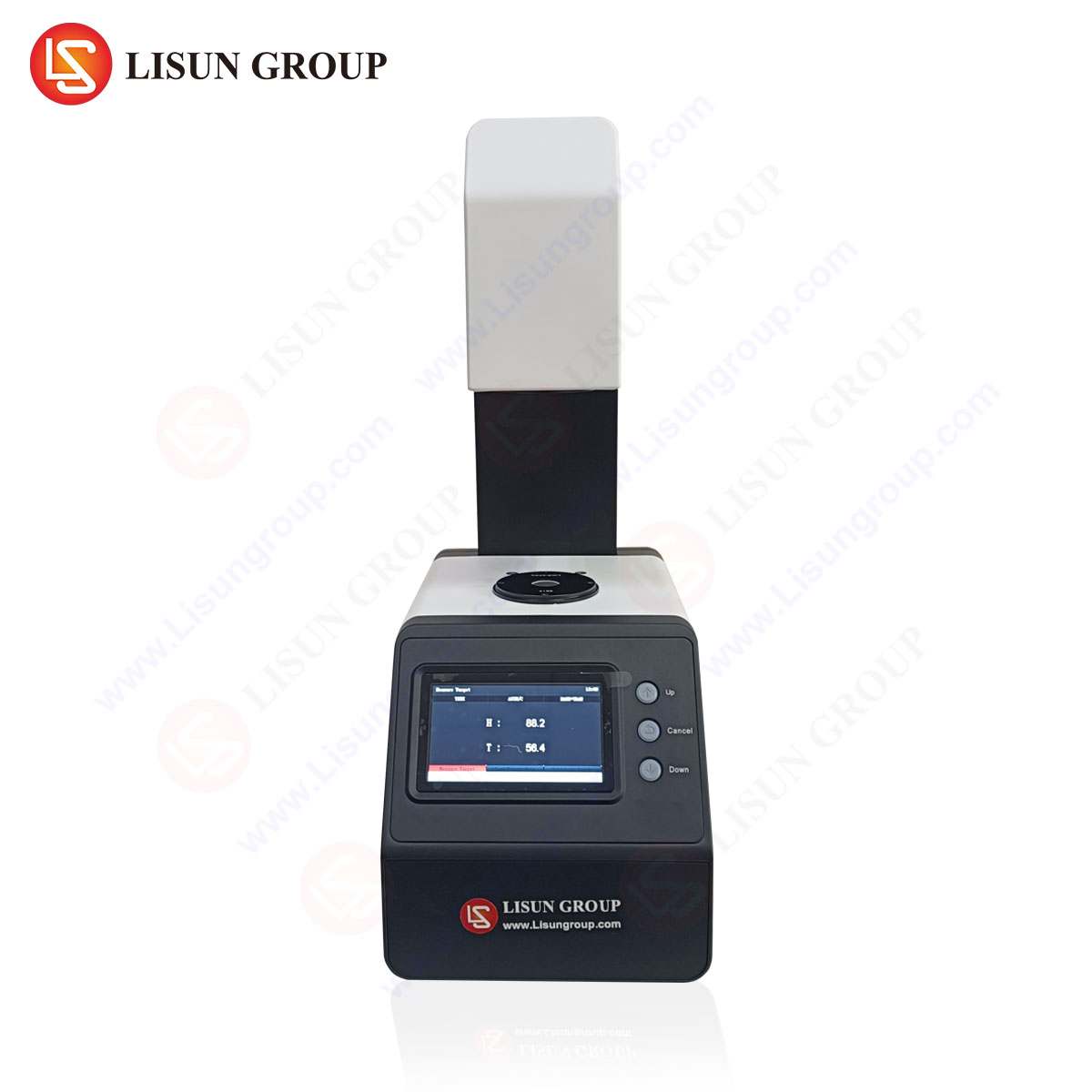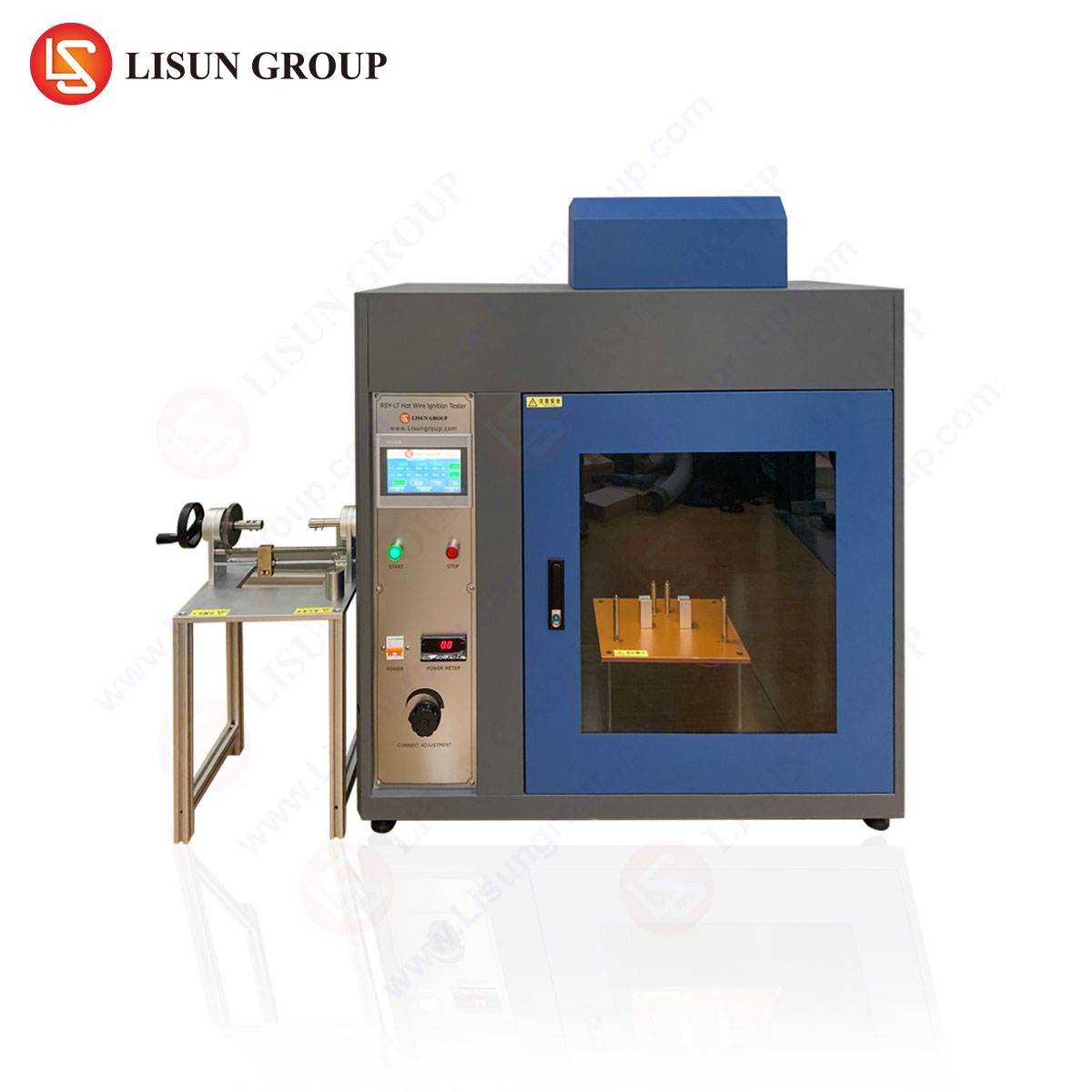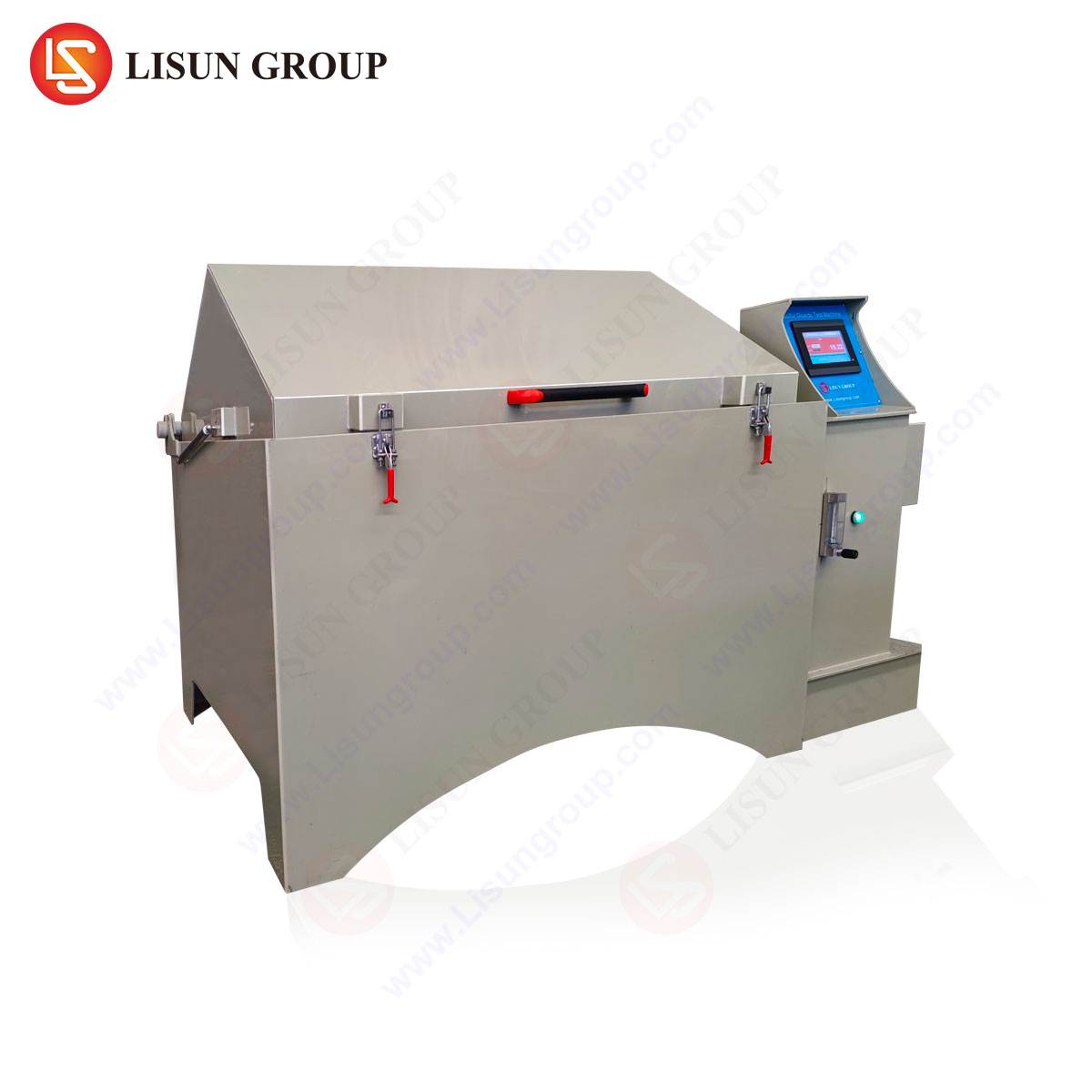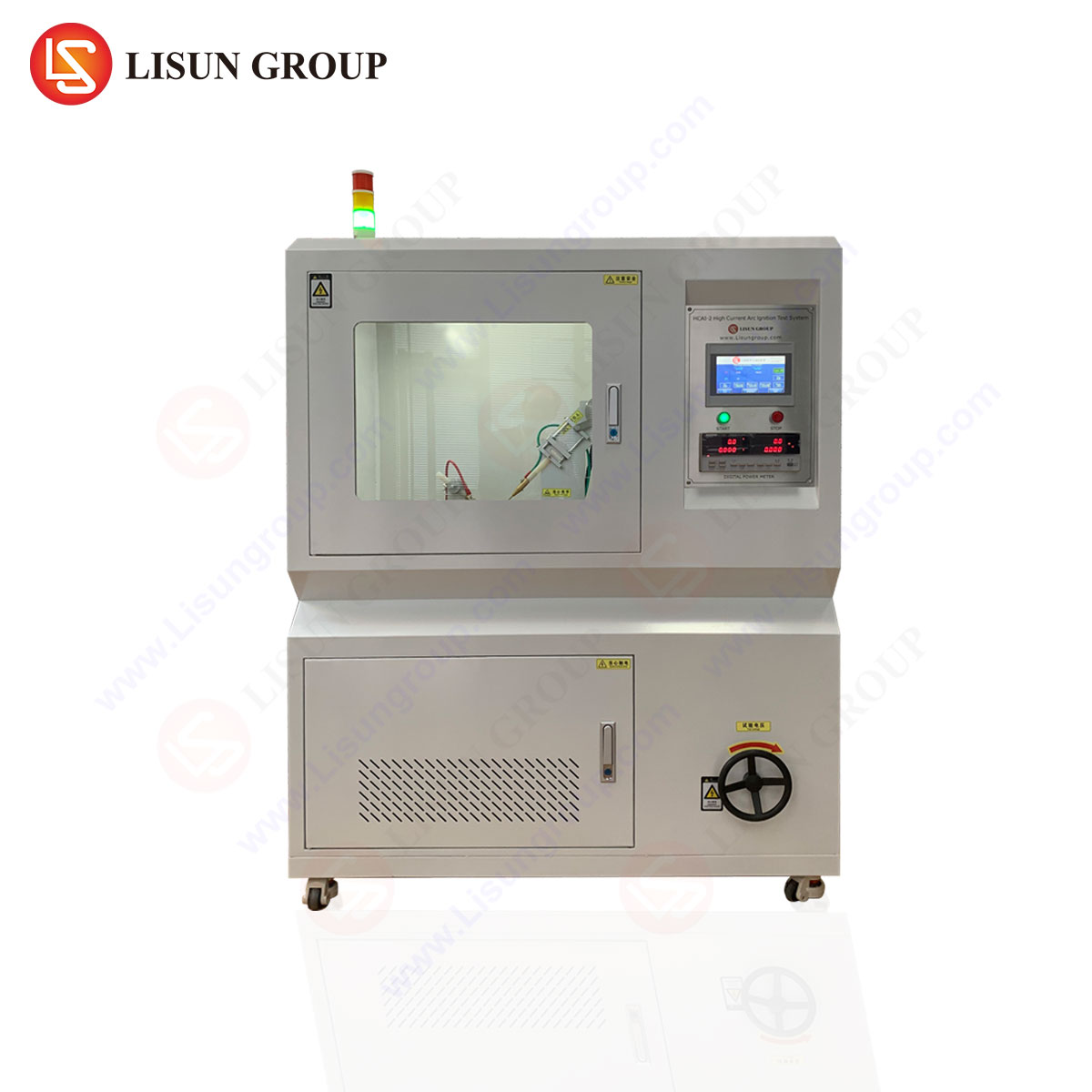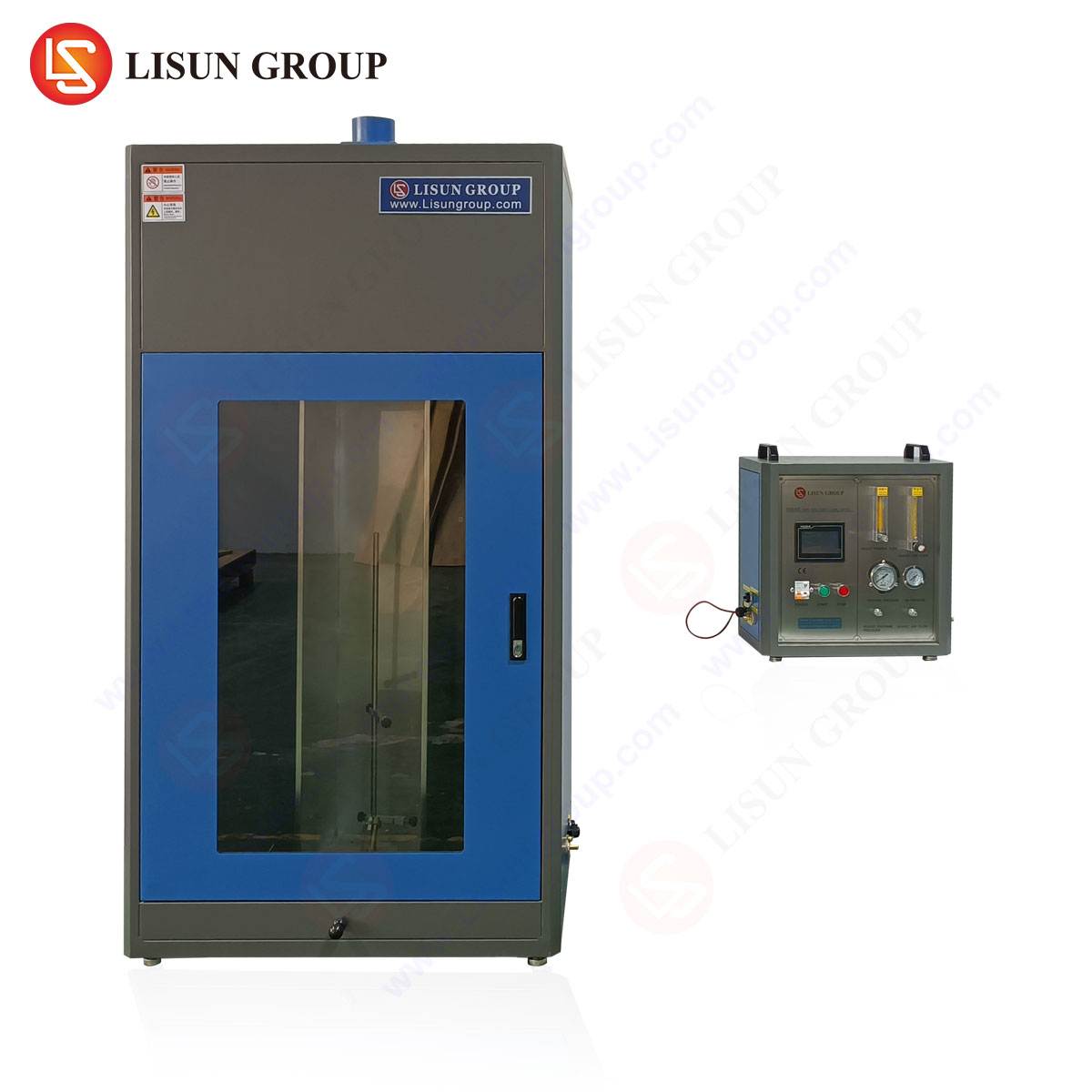Fundamentals of Sulfur Dioxide-Induced Corrosion in Industrial Environments
The degradation of materials and components due to atmospheric sulfur dioxide (SO₂) represents a significant challenge to the long-term reliability and safety of a vast array of industrial and consumer products. SO₂, a pervasive pollutant originating from fossil fuel combustion and industrial processes, readily hydrolyzes in the presence of moisture to form sulfurous acid, a potent electrolyte that initiates and accelerates various corrosion mechanisms. These mechanisms include uniform attack, pitting, galvanic corrosion, and the failure of protective coatings and platings. To preemptively evaluate product resilience against such aggressive environments, accelerated corrosive testing utilizing SO₂ test chambers has become an indispensable methodology within quality assurance and research and development protocols. These chambers provide a controlled, repeatable environment that simulates years of field exposure in a matter of days or weeks, enabling manufacturers to identify design flaws, validate material selections, and ensure compliance with international standards before products reach the market.
The Electrochemical Principles Underpinning Accelerated SO₂ Testing
The efficacy of SO₂ testing is rooted in well-established electrochemical principles. When SO₂ gas is introduced into a humidified test chamber, it dissolves in the adsorbed moisture layer on the test specimen’s surface, forming a weakly acidic solution rich in sulfite and bisulfite ions (SO₃²⁻, HSO₃⁻). This electrolyte facilitates the anodic dissolution of metals, particularly those like silver, copper, nickel, and their alloys, which are ubiquitous in electrical contacts, connectors, and printed circuit boards (PCBs). The anodic reaction involves the oxidation of the metal, while the cathodic reaction is predominantly the reduction of oxygen. The sulfur-containing species can act as depolarizers, accelerating the cathodic reaction and thus increasing the overall corrosion rate. Furthermore, for components with protective finishes, such as gold over nickel, the test exposes weaknesses like pore corrosion. SO₂ can penetrate microscopic pores in the noble metal layer, attacking the underlying substrate and leading to conductive corrosion products that can migrate across surfaces, causing short circuits—a critical failure mode in high-density automotive electronics and telecommunications equipment.
A Technical Examination of the LISUN SQ-010 SO₂ Test Chamber
The LISUN SQ-010 Sulfur Dioxide Test Chamber is engineered to deliver precise and reproducible accelerated corrosion testing. Its design integrates advanced control systems to maintain the critical parameters of gas concentration, temperature, and relative humidity, which are paramount for generating consistent and meaningful test results. The chamber’s construction utilizes imported PVC plastic boards, offering inherent resistance to the corrosive internal atmosphere, thereby ensuring long-term structural integrity and minimizing contamination of test results from chamber degradation.
Key Specifications of the LISUN SQ-010:
- Chamber Volume: 300 Liters (Standard model)
- Temperature Range: RT +10°C to 50°C
- Relative Humidity Range: 60% to 95% RH
- SO₂ Gas Concentration: 0.1% to 1.0% (vol/vol, adjustable)
- Gas Introduction Method: Precision dosing system with mass flow controller
- Heating System: Air-heating method for uniform temperature distribution
- Controller: Digital microcomputer PID controller with touchscreen interface
- Inner Chamber Material: Imported Grey PVC Plastic
- Standard Compliance: Designed to meet IEC 60068-2-42, IEC 60068-2-43, ISO 3231, and other relevant national and international standards.
The testing principle involves placing prepared specimens inside the chamber. The environment is then conditioned to the specified temperature and humidity. A precise volume of SO₂ gas is injected into the sealed chamber, creating the corrosive atmosphere. Test cycles, which may include periods of exposure followed by storage under standard laboratory conditions, are programmed to simulate real-world wet/dry cycles that can exacerbate corrosion damage.
Application Across Industries: Validating Component Resilience
The application of SO₂ testing spans numerous sectors where electronic or metallic component failure carries significant operational, financial, or safety risks.
- Automotive Electronics: Modern vehicles contain over a hundred electronic control units (ECUs). The LISUN SQ-010 is used to test the corrosion resistance of PCB assemblies, connectors, and sensor modules, ensuring reliability in environments exposed to exhaust gases and road salts.
- Electrical Components and Telecommunications Equipment: Silver-plated and copper-based components, such as relays, switches, sockets, and base station hardware, are highly susceptible to SO₂ attack. Testing verifies the integrity of platings and the stability of contact resistance, preventing intermittent failures or total loss of connectivity.
- Lighting Fixtures: Both indoor and outdoor LED drivers and control gear are tested for their ability to withstand corrosive atmospheres, which is critical for maintaining luminous efficacy and preventing premature failure in industrial or coastal settings.
- Aerospace and Aviation Components: The chamber assesses the performance of avionics, electrical connectors, and instrumentation in aggressive atmospheres that may be encountered during flight or while grounded near industrial areas.
- Medical Devices and Industrial Control Systems: For devices where operational failure is not an option, such as patient monitors or programmable logic controllers (PLCs) in factory automation, SO₂ testing provides a validation of material and design choices under duress.
Comparative Analysis: SO₂ Testing Versus Other Accelerated Corrosion Methodologies
While other accelerated tests exist, such as salt spray (neutral or acetic acid) testing per ASTM B117, the SO₂ test targets a specific and highly relevant corrosion mechanism. Salt spray is excellent for evaluating general cosmetic and structural corrosion on substrates like steel and zinc, but it is less effective at simulating the specific types of attack on electronic components caused by industrial pollution. The SO₂ test is uniquely severe for assessing the porosity of noble metal coatings and the susceptibility of copper and silver to sulfide tarnishing, which directly impacts electrical performance. In many test specifications, a sequence of tests is employed—for instance, a humidity cycle followed by an SO₂ exposure—to more accurately replicate the complex synergistic effects of field environments. The LISUN SQ-010’s programmability makes it ideally suited for such complex cyclic testing protocols.
Operational Protocol and Adherence to International Standards
A standardized testing approach is critical for ensuring result comparability. A typical test using the SQ-010 chamber involves a sequence of steps: specimen preparation (cleaning, masking if necessary), placement in the chamber at a specific orientation, conditioning to 40°C and 75-85% RH, introduction of SO₂ to a concentration of 0.5% (for a 24-hour cycle, for example), followed by a period of storage in a standard recovery environment. The evaluation of tested specimens is multifaceted, including visual inspection for corrosion products, measurement of contact resistance for electrical components, and analysis of mechanical properties.
The design and operation of the LISUN SQ-010 are aligned with key international standards, which provides manufacturers with a defensible basis for their quality claims. These standards include:
- IEC 60068-2-42: Test Kc: Sulfur dioxide test for contacts and connections.
- IEC 60068-2-43: Test Kd: Sulfur dioxide test for contacts and connections with high relative humidity.
- ISO 3231: Paints and varnishes — Determination of resistance to humid atmospheres containing sulfur dioxide.
- DIN 50018: Testing in a saturated atmosphere in the presence of sulfur dioxide.
Interpreting Test Outcomes and Correlating with Real-World Performance
The final assessment of a test is not merely a pass/fail metric but a diagnostic tool. The formation of white or greenish corrosion products on silver-plated contacts indicates susceptibility to sulfide tarnishing. For copper alloys, a black cuprous sulfide layer is typical. The critical task is correlating the type and extent of corrosion observed in the accelerated test with potential field failure modes. For instance, a slight increase in contact resistance measured post-test on a telecommunications relay may predict signal attenuation and data loss over its operational lifetime. The quantitative data generated, when analyzed over multiple test cycles and correlated with field data, allows engineers to establish predictive models for product service life.
Frequently Asked Questions (FAQ)
Q1: What is the typical test duration in an SO₂ chamber, and how does it correlate to real-world exposure?
There is no universal acceleration factor, as correlation depends heavily on the specific geographic environment and the materials involved. A standard test cycle, such as a 24-hour exposure to 0.5% SO₂ at 40°C and 75% RH, is often considered equivalent to several months or even years of exposure in a moderately polluted industrial environment. The correlation is best established by a company through comparative testing of known-good and known-bad components against field return data.
Q2: How is the concentration of SO₂ gas precisely controlled within the LISUN SQ-010 chamber?
The SQ-010 utilizes a precision mass flow controller (MFC) for gas dosing. The MFC accurately measures and controls the mass of gas introduced into the chamber, ensuring a highly consistent and repeatable concentration level for every test, which is critical for comparative studies and standards compliance.
Q3: Can the SQ-010 chamber be used for cyclic corrosion tests (CCT) that combine SO₂ with other environmental factors?
Yes, the programmable controller of the SQ-010 allows for the creation of complex multi-step test profiles. A common CCT might involve a period of salt spray, followed by a drying phase, and then an SO₂ exposure. This cyclic approach often provides a better approximation of real-world service conditions than a single-environment test.
Q4: What safety measures are incorporated to handle the toxic SO₂ gas?
The LISUN SQ-010 is designed with operator safety as a priority. It features a robust sealed inner chamber to prevent leaks. Furthermore, it is recommended that the chamber be connected to an external exhaust system to safely vent and neutralize the SO₂ gas at the conclusion of the test cycle, typically by bubbling the exhaust through a neutralizing sodium hydroxide (NaOH) solution.


